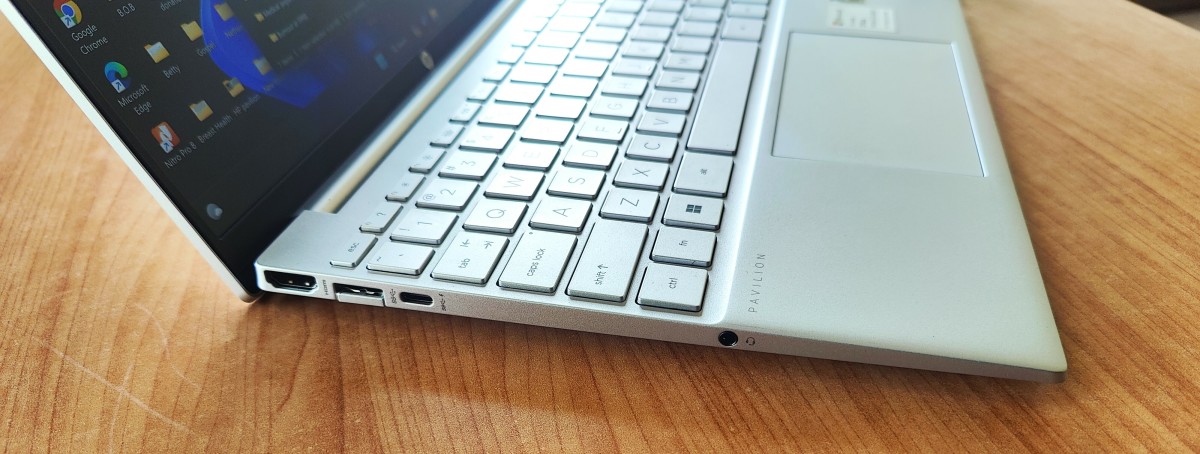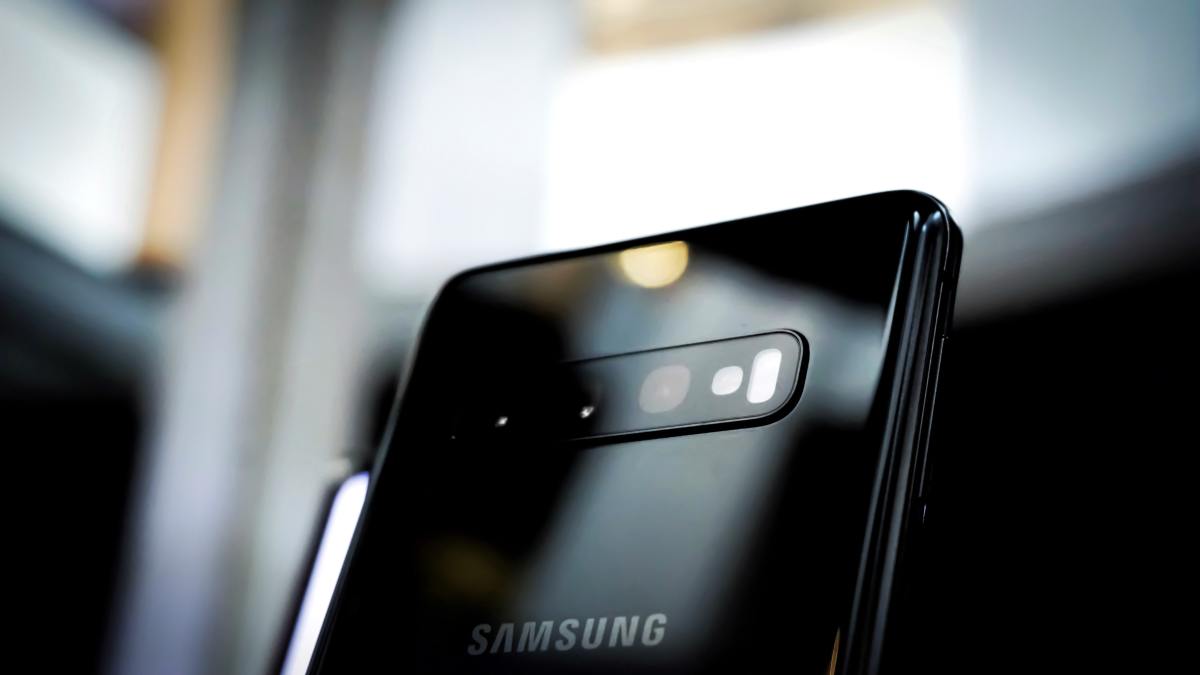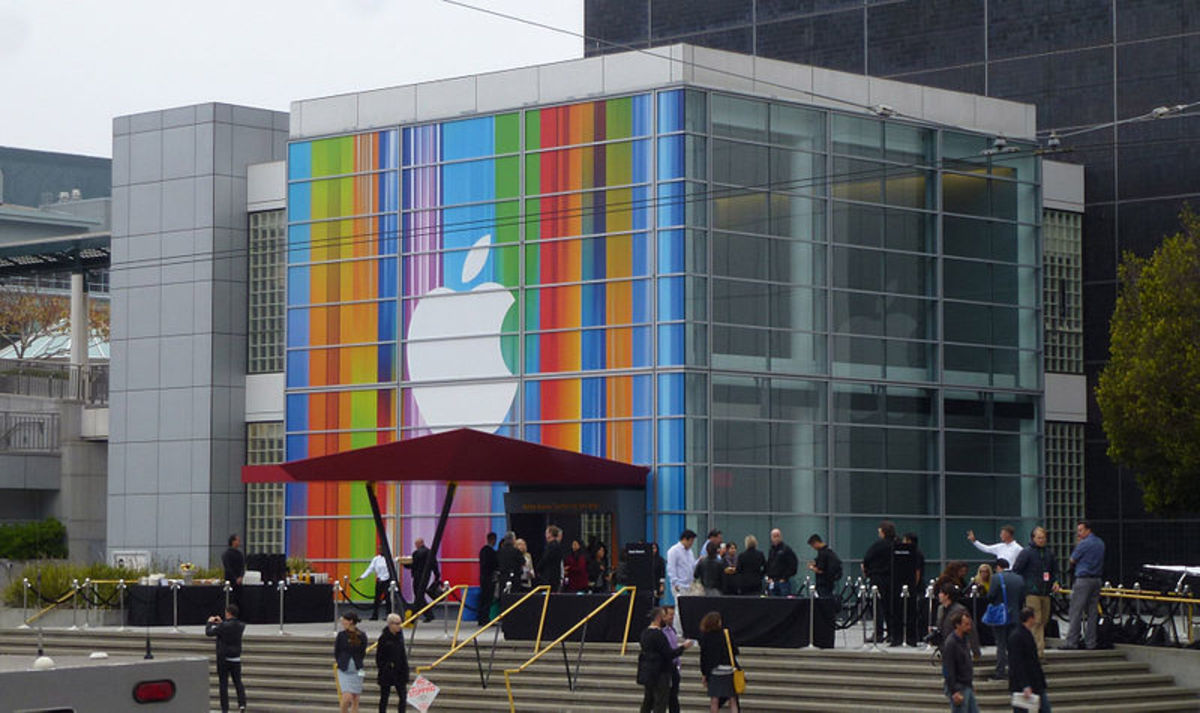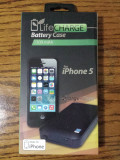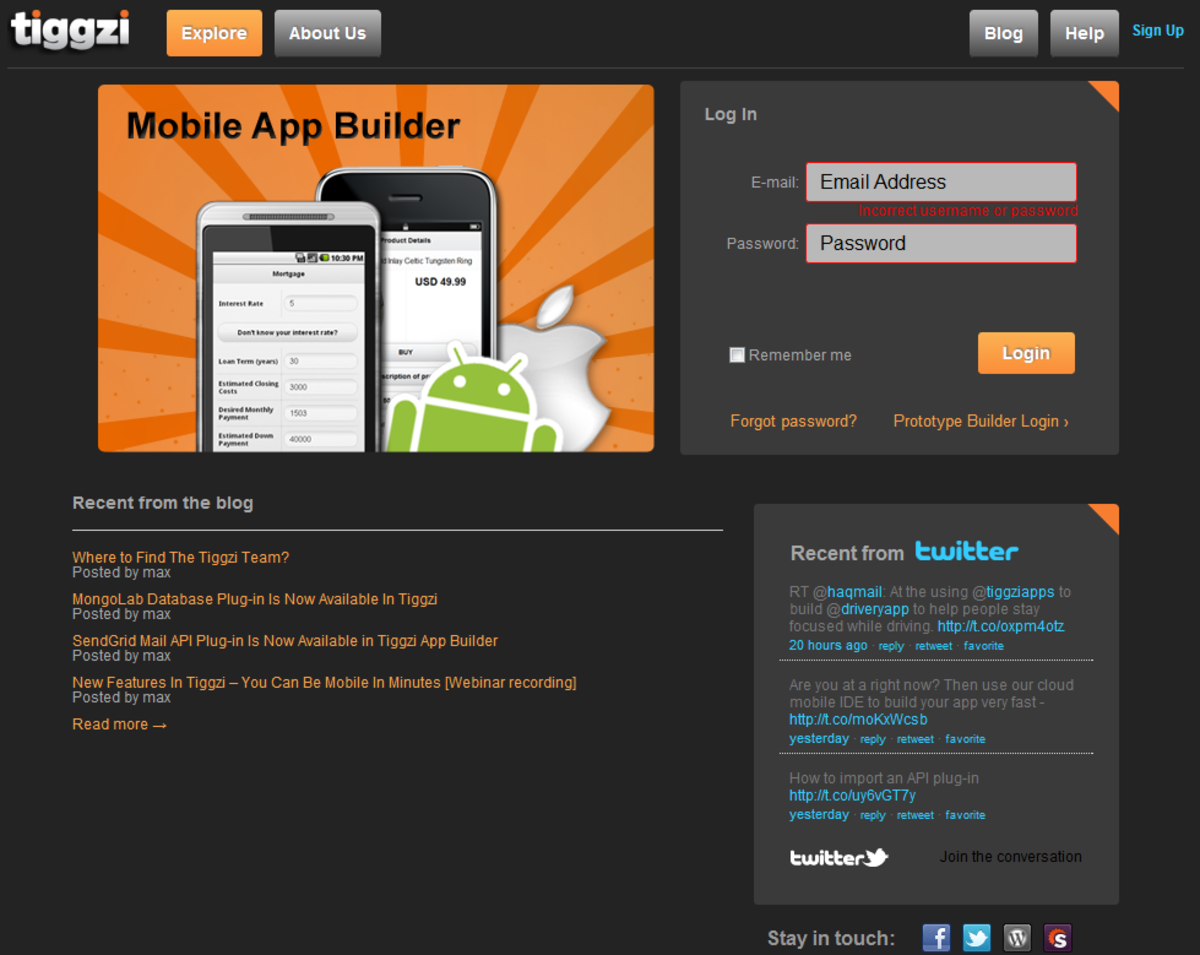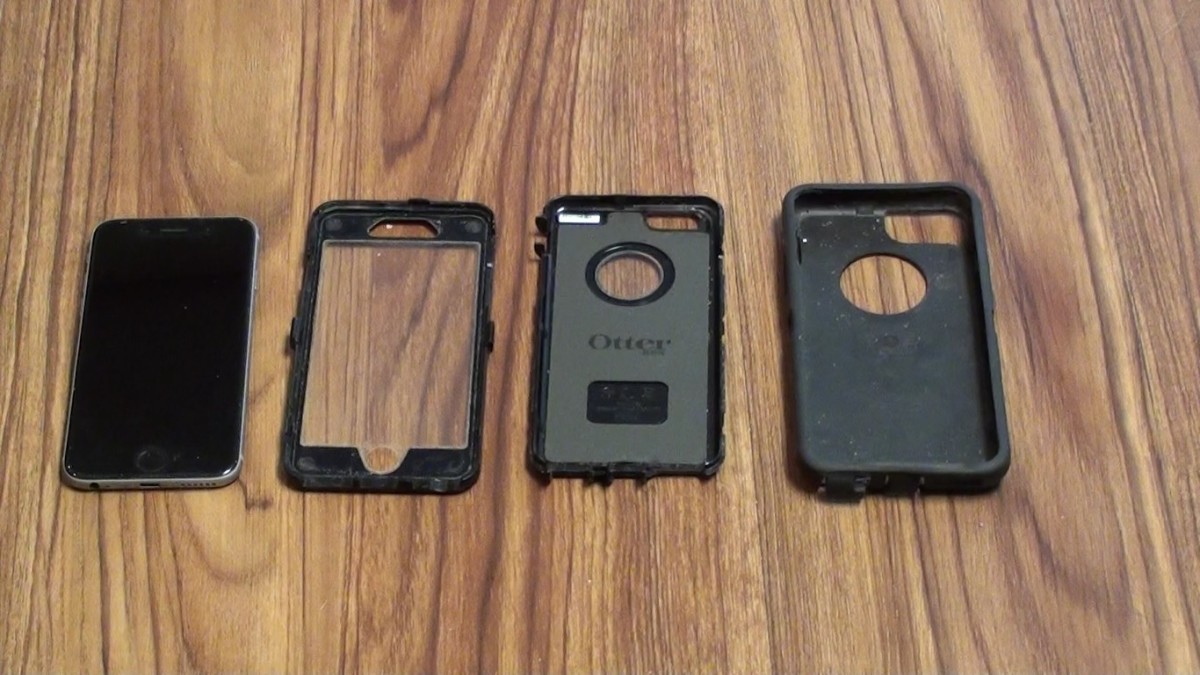iPhone 5 vs. Samsung Galaxy SIII (Detailed Comparison: Specs, Performance, Display, Build Quality, OS, Software, Camera)
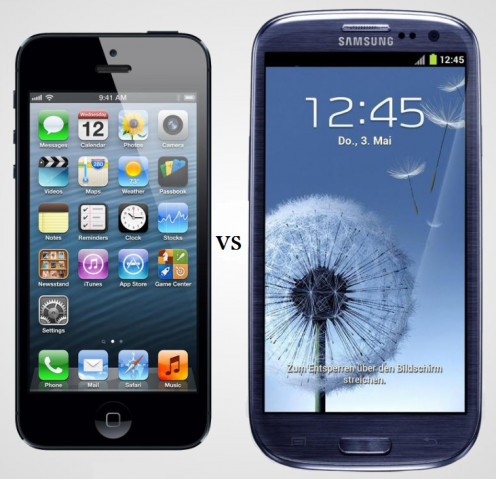
The Battle Of The Best
The Apple iPhone 5 and the Samsung Galaxy SIII are possibly the two best smartphones money can buy. And if you want to get the best possible smartphone, deciding between this top-of-the-line options might prove to be a very difficult choice. It's also not a bad situation to be in since we couldn't really say there is a wrong choice here. This is why we are going to put them side by side and compare all of their features singling out all their pros and cons. It's important to know that declaring a winner is not our priority and it's not a matter of which smartphone is universally the best, but which one would suit you personally the most. So let's dive right in.
Technical Specifications, Processing Power And Performance
If we are talking about raw horse power it would be hard to argue for the iPhone, which runs at a lower clock speed and has half the number of cores than the mighty quad-core Galaxy S3 paired with its massive 2GB of RAM. But nowadays performance is not measured just with the ability to crunch numbers, but also with the responsiveness and briskness of the user-experience. In the performance the user feels while using the device it's hard to feel the difference due to the very different operating systems. So having that in mind, we can look at the spec sheet table below. If we need to base our decision solely on it then the Samsung Galaxy SIII edges in front. Yet, this doesn't mean the iPhone 5 cannot handle itself and its performance pretty much perfect.
Comparison table (bold means better)
iPhone 5
| Samsung Galaxy SIII
| |
|---|---|---|
OS
| iOS 6
| Android 4.1.2 Jelly Bean (updated)
|
Processor
| 1.2GHz Dual-Core Apple A6
| 1.4GHz Quad-core Samsung Exynos / 1.5GHz Dual-Core Qualcomm Snapdragon S4*
|
Display
| 4.0" (1136 x 640)
| 4.8'' (1280 x 720)
|
Display Technology
| LED-backlit IPS TFT
| HD Super AMOLED (PenTile)
|
Pixel Density
| 326ppi
| 306ppi
|
RAM
| 1GB
| 2GB / 1GB*
|
Memory
| 16 / 32 / 64 GB
| 16 / 32 GB
|
External Memory
| No
| Up to 64GB (MicroSD)
|
Dementions
| 123.8 x 58.6 x 7.6 mm
| 136.6 x 70.6 x 8.6 mm
|
Weight
| 114g / 3.95 oz.
| 133 grams / 4.7 oz.
|
Camera
| 8MP / f/2.4
| 8MP / f/2.6
|
Flash
| LED
| LED
|
Front Camera
| 1.2MP
| 1.9MP
|
Video Capture
| HD (1080p)
| HD (1080p)
|
Battery
| 1,418mAh
| 2,100mAh Li Ion
|
Removable Bettery
| No
| Yes
|
Wireless Charging
| No
| Yes
|
Video Outputs
| Dock
| HDMI, MHL, DLNA
|
NFC
| No
| Yes
|
Cloud Sync
| iCloud
| Dropbox 50GB
|
Location / Orientation Sensors
| A-GPS, GLONASS, compass, accelerometer, gyroscope, proximity sensor
| A-GPS, compass, accelerometer, gyroscope, barometer, proximity sensor
|
Release Date
| September, 2012
| June, 2012
|
*International model / US model
Spec Advantage: Samsung Galaxy SIII
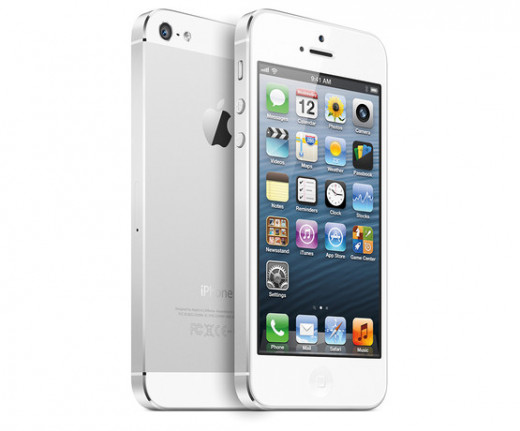
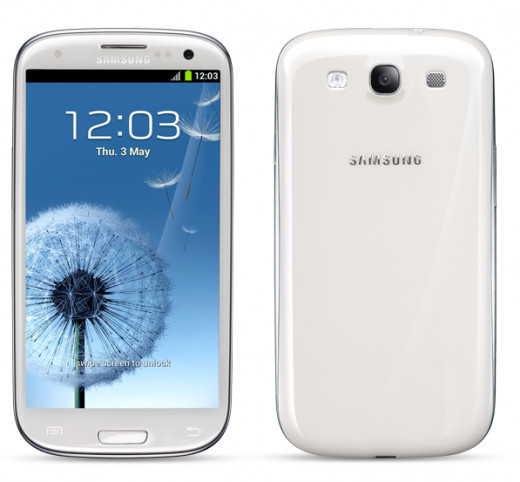
Design and Build Quality
Both the iPhone 5 and the Galaxy SIII offer nice developments on the design philosophies used for the rest of the devices in their lineages by their manufacturers. Design is something that we could comment on, but it is always going to be extremely subjective. Build quality on the other hand might be a bit easier to judge objectively. So let's examine what choices did the two design teams make.
Apple made sure that their device will not feel cheap in any way and came back to using aluminum. It made a bold, but actually quite logical move to increase the size of the device, but did so only in height making it easy to handle and keeping it similar to the previous models. All the details are well thought out and despite the fact that it looks like a very typical iPhone, the the device's appearance will please many. They also managed to keep the phone thin and light which makes it a cozy fit for pockets despite the half an inch screen bump.
On the other hand Samsung kept to what they know best which is plastic. Despite the fact that it's not without it's advantages, it makes the phone feel a bit cheap. On the up side, the Samsung Galaxy SIII has a memorable fluid design "inspired by nature" as claimed by the Korean manufacturer, which will certainly strike a chord with many of the users looking for an Android smartphone. It's a great-looking smartphone and it is up to personal taste if you like the design or not. In my humble personal opinion, while Apple played it quite safe, Samsung came up with a more memorable design, which gets them some admiration in my book.
Build Quality Advantage: Apple iPhone 5

Display
When you use a touchscreen smartphone one of the most important components is the display and it's essential that the display quality is as high as possible. If we compare the display quality of the two devices, the one that edges in front is the iPhone. It has a higher pixel density and it's image is made even clearer by the fact that the Samsung Galaxy S3's display uses PenTile technology which means that two pixels share the same sub-pixel which decreases the quality of the image and enhances the resolution in an artificial way. But this doesn't mean the Samsung Galaxy SIII's display doesn't have it's advantages as well. It is a larger screen and it has a higher resolution which means that it has the ability to show more content. So people that prefer larger screens and higher resolutions might still go with the Galaxy SIII instead of the iPhone. As most of the things in this review, it actually comes to personal preference.
Display Advantage: Apple iPhone 5

Operating System and Software
The iPhone 5 is running Apple's own iOS, while the Samsung Galaxy SIII is running Google's open-source mobile operating system Android. The iPhone 5 is running the brand new iOS 6 which is the latest iteration of Apple's home-grown software. It's main advantages are that it is intuitive, easy to use and that there is a large number of high quality apps available for the user to purchase or to use for free. On the other hand the Samsung Galaxy SIII is running Android 4.1.2 Jelly Bean with Samsung's custom skin TouchWiz running on top. This combination provides a very different user experience. The operating system is much more malleable, it supports widgets that are absent from the iPhone's iOS. In a way iOS biggest strength and biggest weakness depending on the point of view is that is simple enough to be used by your grand-mother. For a great deal of users, this is a good thing and they feel right at home with Apple's intuitive interface, while some tech-savvy users feel much more at home using a more flexible operating system like the one running on the Samsung Galaxy SIII.
It's important to note that the Samsung Galaxy SIII was recently updated to Andoid 4.1.2 Jelly Bean which is a smother, brisker, faster, more responsive and more optimized version of Android. It solves a lot of the problems that the OS had and makes it better suited to compete with iOS and this update significantly improves Samsung's flagship's user experience and software performance.
Additionally, iOS's most important advantage is also slowly melting away and it's the number of apps available. Apple's App Store still has more apps available than Google Play, but the margin is getting slimmer which makes the choice between the two is becoming more and more difficult.
Anther thing that we could compare here is the built-in software and in this department both devices have one important and unpleasant shortcoming each. The iPhone 5 comes with iOS 6 and for this release Apple decided to create its own proprietary maps application and to break away from Google Maps, which is pretty much a competitors product. This didn't sound like such a bad idea on paper, but as many experts feared, Apple failed to built a good navigational tool into its product. The Maps app is full of inaccuracies, misspelled names, streets that don't correspond to reality and so on and so on. It's mess and a disaster and most importantly a great disappointment - the biggest Apple has served us in the past 10 years. Fortunately for the iPhone 5, Google has recently released Google Maps for iOS 6 like a free app and it immediately shot to the most downloaded free app in Apple's app store. Unfortunately, Apple's atrocious Maps app is still the default navigation app, so iOS owners can't get 100% of the seamless Google Maps experience that Android owners enjoy.
On the other hand, Samsung also had a problematic issue, but you could say it's in a much less sensitive area - S-Voice. This is Samsung's answer to the voice assistant presented with the iPhone 4S and now available on the iPhone 5 - Siri. But Samsung couldn't really get it to work well and their product simply pails in comparison to Apple's. Luckily for Samsung, with the Android 4.1.2 update, the Samsung Galaxy SIII also got Google Voice Search which performs great and provides Siri with a lot of healthy competition.
And while we are talking about software, it's good to note that the Samsung Galaxy SIII is actually packed with more useful and some of it unique software from the get go like its one of a kind pup up video player that allows you to keep watching a video while performing other tasks like texting or browsing.
In the end, it really comes down to personal preference and different users will prefer different things. Getting some in store hands on time with both devices might be a good idea for the people that have a hard time deciding which one fits them better just from reading reviews.
OS Advantage: undecided
Software Advantage: Samsung Galaxy SIII
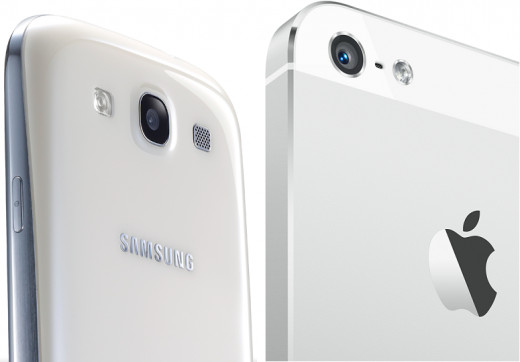
Camera
The first obvious thing is that the megapixel count of the two main rear cameras for the two smartphones is the same - 8MP. But this doesn't mean the cameras are the same and have the same functionality. But then we get f/2.4 for the iPhone 6 vs. f/2.6 for the Samsung Galaxy SIII. This means that Apple's smartphone has bit wider lens aperture. This means it is able to absorb more light and work at lower shutter speeds and reduce blur due to shaking. This also gives the lens the ability to focus on the subject and blur the background. Additionally the iPhone has a smaller shutter lag and start-up delay and a dedicated camera button going for it. Samsung's offering on the other hand compensates this little differences with more software abilities and more adjustability. It allows for for longer exposures which means that you could even take blured lights night pictures, it supports a serial shot mode, it has a five times faster maximum shutter speed and it has a manually adjustable focus. It also has some pretty neat photo sharing fuctionalities paired with face recognition capabilities. This means that if your friends also have the same smarphone, you could take a picture of them and automatically share it with them right away.
But besides the main rear cameras, this two flagships also have front secondary cameras to compare and in this department, the Samsung Galaxy SIII takes the cake with 1.9MP compared to the 1.2MP of the Apple iPhone 5.
As always, large part of the comparisson and deciding who has the advantage in the department comes from personal preferances, but in the end it looks like one device has a bit more features and functionality.
Advantage: Samsung Galaxy SIII
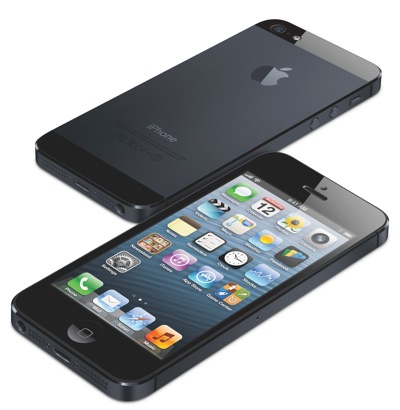
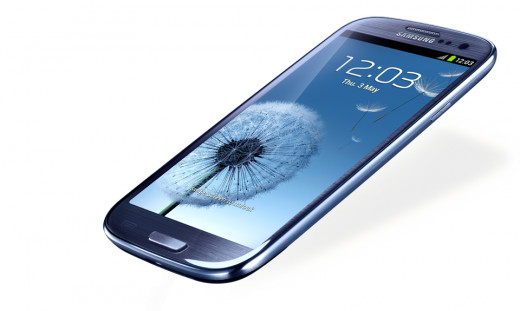
Additional Features
Well, we already mentioned that both smartphones are amazing, so if you cannot decide if your allegiance lies with Apple or Samsung, or with iOS or Android, maybe some of the cool extras that each device offers might tip the scales for you. On the whole, this category will be dominated with the Samsung Galaxy SIII, which is packed with stuff in order to try to take the crown off the market segment leader - the iPhone.
So let's begin with the list. First of all, the Samsung Galaxy SIII has a removable battery. In my opinion, this is something that should be the norm, not an extra, but many flagship smartphone including the iPhone family don't have one. This is a feature that simply extends the life of your smartphone by allowing you to buy a new battery when the one that came with your phone starts dying in a few hours. It means that one day in a few years when you decide to upgrade to the next mind-blowing flagship, you would be able to hand down your Galaxy SIII to your mother, child or spouse with a battery that last at least through the day. This also allows frequent travelers to purchase a second battery that they could swap when the one in the phone gets depleted without the need to find a wall socket or to carry external battery chargers and the like.
Another area for competition is storage. While the iPhone 5 has a version 64GB of storage, the Galaxy SIII tops up at 32GB, but the Korean flagship makes up for it with the option for expandable storage of up to 64GB via a microSD card which actually makes the total available storage larger, more flexible, but not as seamless.
The last additional feature that we'll take a look is NFC. The Galaxy S3 has it, while the iPhone 5 does not. While this technology and its usefulness haven't become mainstream yet, it can provide some very nice functionality for the users that know how to take advantage of it. One of the most interesting options is putting NFC tiles in different places that might be used to make your phone perform different functions when tapped like putting one next to your night stand that would put your phone into silent or one at your home entrance turning on your phones wireless. And of course, let's not forget mobile payments. It's true that Apple's Passbook might be trying in a way to enter that field as well, but the lack of an NFC chip seems limiting especially to those that have started using it once.
Additional Features Advantage: Samsung Galaxy SIII

Final Verdict
As mentioned in the beginning, it's actually pointless to proclaim one single winner of this race since both smartphones are great and each one would have its fans and detractors. So let's sum what make either device a great choice.
Apple's iPhone provides a clean and intuitive user experience (excluding the new Maps app) typical for the company. This is a smartphone that could be used even by your grandma and it's up to you to decide if it's a good or a bad thing. It also has the widest selection of useful and versatile apps available for free or for purchase and one of the best screens on a mobile device you'll find. And all of this comes in a stylish and user-friendly shell that will most probably fit your pocket and lifestyle with ease.
On the other hand the Samsung Galaxy SIII is packing all the best specs imaginable with a mighty quad-core processor (unless your local version has running on two cores) and all the possible extras and functionality. Whatever you might need, the Galaxy SIII has it. It's truly a phone for power users and it will become even more attractive when it finally gets updated to Android 4.1 Jelly Bean. It flexible OS and internal are packing in a stylish looking (but plastic) packing paired with a large high-resolution display that will give you all the real estate you need.
So in the end it's really up to you and your personal preferences and taste. And don't worry neither device should be a mistake.

